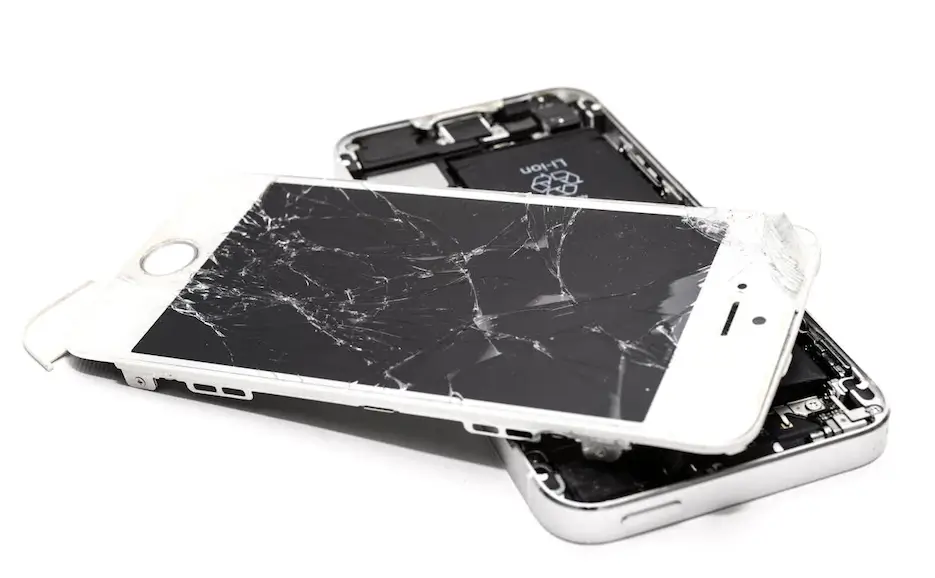Tips for Taking Legal Action for a Defective Product
Companies are not only in business to make money. They have to play by the rules, ensuring the safety and well-being of the consumers who buy their products. However, these rules get broken, directly and indirectly, causing unnecessary harm and econo

Companies are not only in business to make money. They have to play by the rules, ensuring the safety and well-being of the consumers who buy their products. However, these rules get broken, directly and indirectly, causing unnecessary harm and economic losses.
Even with consumer protection laws in place, we cannot overlook the fact that cases of negligence occur at some point in the manufacturing process. These same laws allow you to take legal steps in demanding accountability and compensation for the harm and losses you’ve suffered. Here are a few tips to guarantee your success:
Understand the concept of negligence
Before you decide to take legal action against a company for selling a defective product, you must know whether you’re in the best possible position to do so. The most common principle to consider is the presence of negligence on the side of the manufacturer. With the right amount of quality evidence in place, you can prove that the manufacturer failed to exercise due care. This reinforces your lawsuit and enables you to demand punitive damages.
There’s a possibility that the product was overlooked during quality control and inspection procedures or that the manufacturer ignored industry standards in labeling the packaging and keeping the product safe from contamination and tampering. No matter the case, you must know whether the product that caused harm could point to a case of negligence.
Know the type of lawsuit you will be filing
A defective product lawsuit is not limited to goods or items that were damaged during or after manufacturing. It’s a broad field subdivided into three categories. For one, manufacturing defects are a result of mistakes during the production process, where equipment failures and human errors allow the defects to pass inspection. A car you bought with this defect may not start or experience performance issues.
On the other hand, design defects result from conceptualized products without considering all possible safety hazards. Marketing defects occur when the manufacturer fails to provide ample information on potential health and safety risks the product may pose and clear instructions for handling and storing. Identify the correct type of lawsuit you will be filing so you can better understand how to proceed.
Get proper legal advice
If you think you’ve found grounds for launching a defective product complaint, it’s never wise to go at it alone. Remember that you will be suing a company with enough resources to absolve itself of any liability and ensure you come out empty-handed or with a settlement amount that hardly reflects the full extent of your suffering.
With this in mind, look up an attorney with experience in the type of defective product lawsuit you will be filing. You can use resources like lawfirm.com to search for law firms and private practitioners who have successfully confronted large corporations before in high-profile cases.
Never settle outside of court.
In every step of the process, you need to rely on your attorney’s expertise to ensure the case goes smoothly and produces the outcomes you deserve. There will be instances when the manufacturer’s legal team will reach out to you personally and offer a settlement deal to avoid a lengthy legal battle.
The amount might sound tempting when you have a higher chance of winning the lawsuit, but it may not cover your total medical costs or the compensation you’re entitled to for economic and punitive damages. You wouldn’t want to accept a lowball when you deserve more, so talk with your attorney first and allow them to weigh in with your best interests in mind.
Endnote
When a defective product has harmed you, knowing what’s at stake, you wouldn’t want to do it incorrectly. Consider these tips and come out with the compensation you deserve.
The post Tips for Taking Legal Action for a Defective Product appeared first on Prague Post.


































